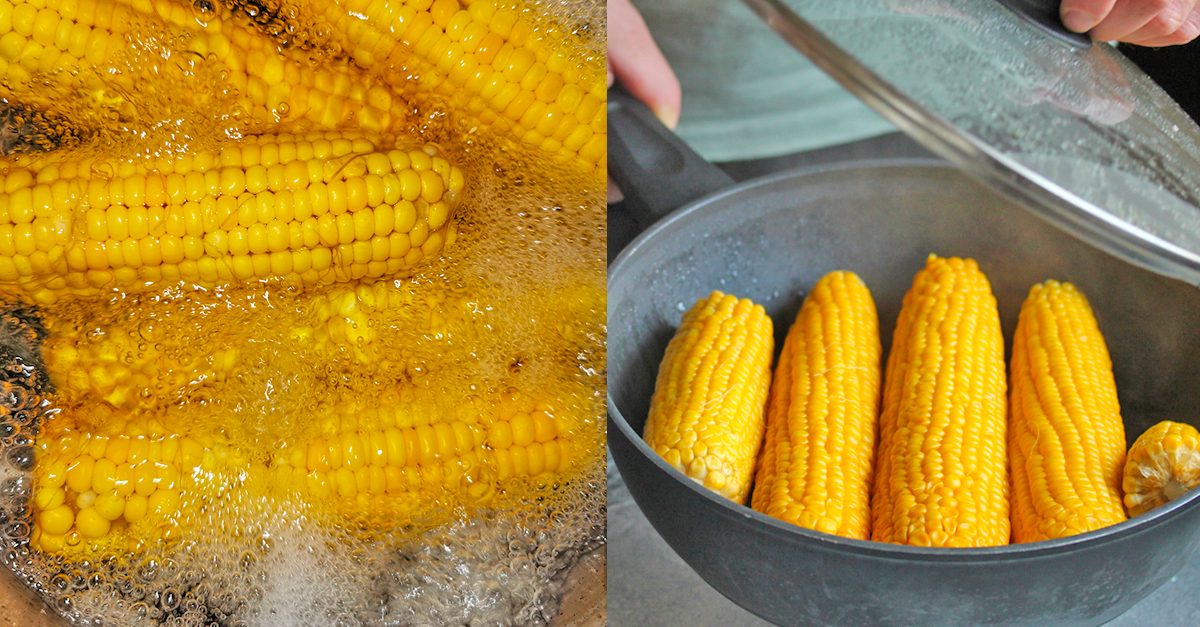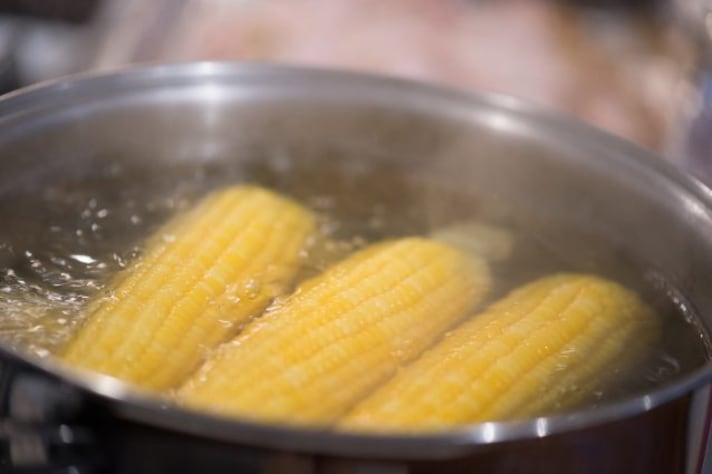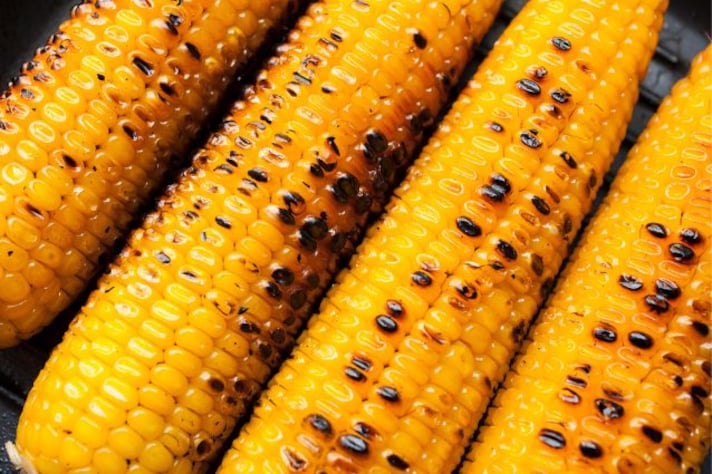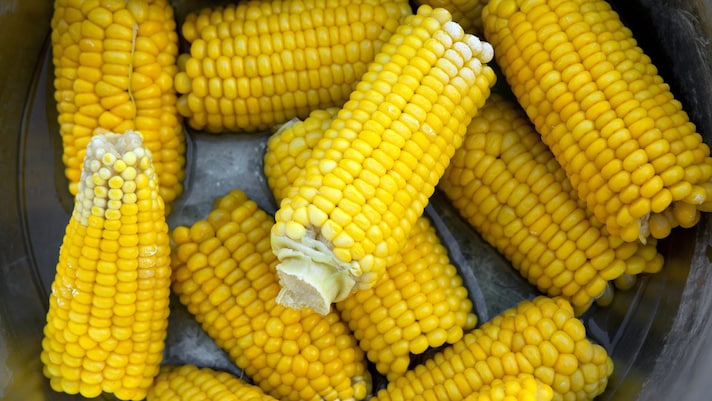The Reasons Why You Should Never Boil Corn on The Cob (You’re Going to Be Grateful To Know)
Boiling corn on the cob results in significant nutrient loss and compromises flavor and texture, making it less desirable. Boiled corn becomes waterlogged and bland. Instead, grilling, roasting, or steaming preserves nutrients, maintains crispness, and enhances the natural sweetness of corn.
;Resize,width=742;)
We've all enjoyed countless ears of corn on the cob throughout our lives, each prepared in various ways. Boiling corn on the cob seems like the most stress-free method: it practically cooks itself, tastes delicious, and can be marinated with just about anything. However, boiling corn on the cob might actually be a hard no. Here's why.
Corn Loses Nutrients When It's Boiled
One significant reason to avoid boiling corn on the cob is nutrient loss. Corn is packed with essential vitamins and minerals, including vitamin C, B vitamins, and fiber. When you boil corn, many of these vital nutrients leach into the water, which is typically discarded. This means you're losing a substantial portion of the corn's nutritional value. Boiling diminishes the health benefits that fresh corn can offer, making it a less desirable cooking method for those looking to maximize their nutrient intake from their vegetables.

Boiling Corn Could Mess With Its Texture (And the Taste, As Well)
Another reason to steer clear of boiling corn on the cob is the impact on flavor and texture. Boiling can cause corn kernels to become waterlogged and mushy, stripping away their natural sweetness and crispness. The result is a bland and less enjoyable eating experience. Corn on the cob is at its best when the kernels are juicy and slightly crunchy, with their inherent sweetness intact. Boiling simply does not do justice to the delightful textures and flavors that fresh corn has to offer.

Here Are The Best Ways to Cook Corn
So, if boiling isn't the best option, how should you cook corn on the cob? Grilling, roasting, and steaming are excellent alternatives. Grilling corn brings out a smoky, caramelized flavor and keeps the kernels crisp and juicy. Roasting corn in the oven, wrapped in foil or husks, enhances its natural sweetness and adds a depth of flavor. Steaming corn is another great method that preserves most of its nutrients while maintaining a fresh, tender texture.

;Resize,width=767;)



